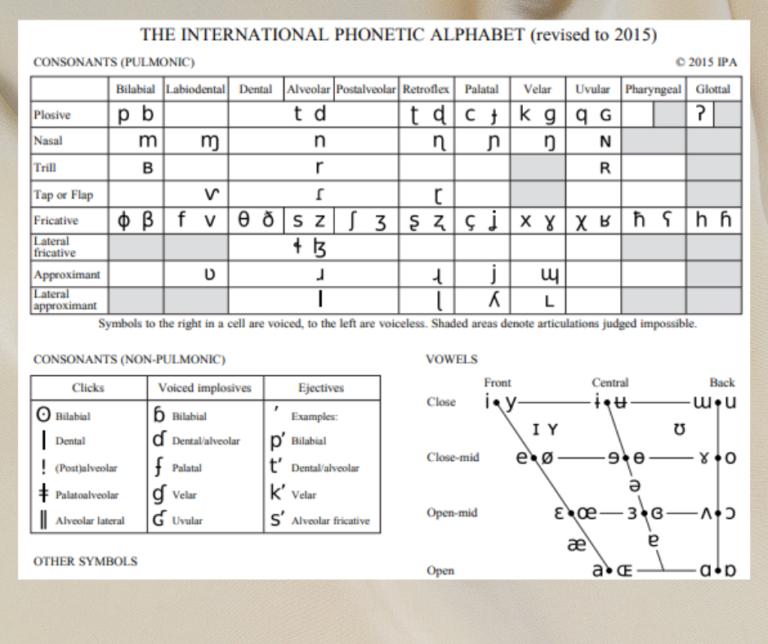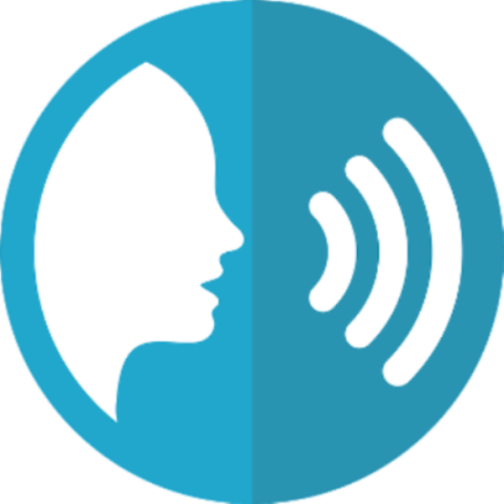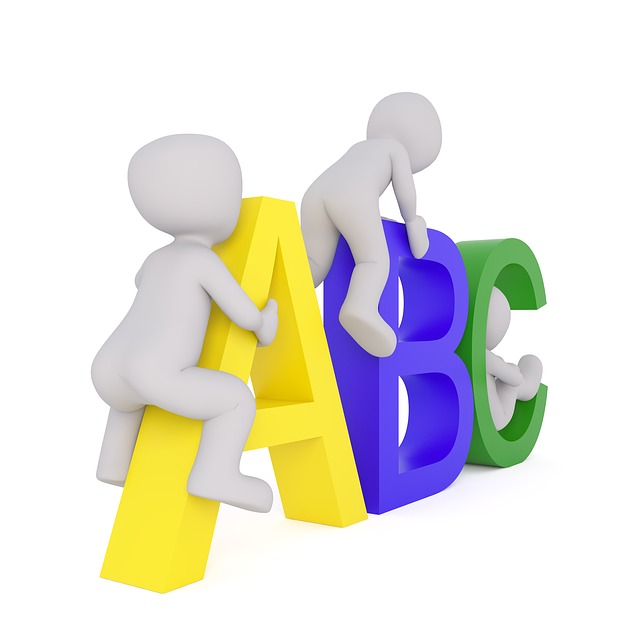Have you ever wondered how to pronounce a word correctly, or how to write down the sounds of speech? If so, you might be interested in learning about phonetic transcription, a system of representing the sounds of speech using symbols. Phonetic transcription can help you improve your pronunciation and language skills, as well as understand different accents and dialects. In this article, we will introduce you to the International Phonetic Alphabet (IPA), the most widely used and standardized system of phonetic transcription. We will explain the basic principles and features of the IPA, and show you how to use it to transcribe any word or sound. We will also provide some tips and resources for practicing and improving your phonetic transcription skills.
What is phonetic transcription?
Phonetic transcription is a way of writing down the sounds of speech using symbols that represent each sound. It is different from orthography, which is the conventional spelling system of a language. For example, the word “phone” is spelled with five letters in English orthography, but it has only two sounds: /f/ and /oʊ/. We can write these sounds using phonetic symbols as /foʊn/. This is an example of phonetic transcription.
Phonetic transcription can help you learn how to pronounce words correctly, because it shows you exactly what sounds are in each word. It can also help you understand different accents and dialects, because it shows you how people from different regions or backgrounds pronounce words differently. For example, some people pronounce the word “water” as /wɔtər/, while others pronounce it as /wɑtər/ or /wɒtə/. Phonetic transcription can also help you compare the sounds of different languages, because it shows you how languages use different sounds or combinations of sounds to communicate meaning.
What is the International Phonetic Alphabet (IPA)?
The International Phonetic Alphabet (IPA) is the most widely used and standardized system of phonetic transcription. It was created by the International Phonetic Association, a group of linguists and phoneticians who wanted to develop a universal way of representing the sounds of speech. The IPA consists of a set of symbols that represent all the possible sounds in human languages. Each symbol corresponds to one sound, and each sound corresponds to one symbol. The IPA symbols are based on the Latin alphabet, but they also include some modified letters, such as ʃ (sh), θ (th), and ɲ (ny), as well as some non-Latin letters, such as ʔ (glottal stop), ɣ (voiced velar fricative), and ɬ (voiceless lateral fricative).
The IPA symbols are divided into two main categories: consonants and vowels. Consonants are sounds that are produced by obstructing or narrowing the airflow in the vocal tract, such as /p/, /t/, /k/, /s/, /m/, /n/, etc. Vowels are sounds that are produced by letting the airflow pass freely through the vocal tract, such as /a/, /e/, /i/, /o/, /u/, etc. The IPA also includes symbols for other types of sounds, such as diphthongs (two vowels that glide together), glides (sounds that are similar to vowels but function as consonants), and suprasegmentals (features that affect the whole syllable or word, such as stress, tone, and length).
The IPA symbols are usually written between slashes (/ /) or brackets ([ ]) to indicate that they are phonetic transcriptions. For example, /kæt/ is the phonetic transcription of the word “cat” in English, while [kʰæt] is a more detailed phonetic transcription that shows the aspiration (a puff of air) that accompanies the sound /k/ in this word.
How to use the IPA to transcribe any word or sound?
To use the IPA to transcribe any word or sound, you need to follow these steps:
1. Identify the sounds in the word or sound. You can do this by listening carefully, pronouncing the word or sound slowly and clearly, or using a recording device or software to analyze the sound waves.
2. Find the corresponding IPA symbols for each sound. You can do this by using an IPA chart, a dictionary that provides phonetic transcriptions, or an online tool that converts text to IPA.
3. Write down the IPA symbols in order between slashes (/ /) or brackets ([ ]). You can also add some additional symbols or diacritics to indicate features such as stress, tone, length, etc.
For example, let’s say we want to transcribe the word “phonetic” in English. We can follow these steps:
1. Identify the sounds in the word “phonetic”. We can hear six sounds: /f/, /oʊ/, /n/, /ɛ/, /t/, and /ɪ/.
2. Find the corresponding IPA symbols for each sound. We can use an IPA chart or a dictionary to find the symbols for each sound. We can also use an online tool such as easypronunciation to convert the word “phonetic” to IPA.
3. Write down the IPA symbols in order between slashes (/ /) or brackets ([ ]). We can also add a symbol (‘) to indicate the stress on the first syllable. The result is /’foʊnɛtɪk/ or [‘foʊnɛtɪk].
How to practice and improve your phonetic transcription skills?
Phonetic transcription is a skill that requires practice and feedback. Here are some tips and resources for practicing and improving your phonetic transcription skills:
– Practice transcribing words and sounds from different languages, dialects, and accents. You can use online resources such as tophonetics to listen to words and sounds from various languages and regions, and compare your transcriptions with the correct ones.
– Practice transcribing words and sounds that are unfamiliar or challenging to you. You can use online resources such as toipa to find words and sounds that are rare, difficult, or unusual, and try to transcribe them using the IPA.
– Practice transcribing words and sounds that you encounter in your daily life. You can use your own voice, recordings, or media sources to find words and sounds that interest you, and transcribe them using the IPA. You can also ask other people to pronounce words or sounds for you, and transcribe what they say.
– Practice reading and interpreting phonetic transcriptions. You can use online resources such as the previous ones and ldoceonline to find phonetic transcriptions of words and sounds, and try to pronounce them or identify what language they belong to.
– Get feedback on your phonetic transcriptions. You can use online resources such as the International Phonetic Association to check your phonetic transcriptions for accuracy, or ask other people who are familiar with the IPA to review your work.
Conclusion
Phonetic transcription is a useful tool for learning and understanding the sounds of speech. By using the International Phonetic Alphabet (IPA), you can represent any word or sound in any language with a set of symbols that correspond to each sound. Phonetic transcription can help you improve your pronunciation and language skills, as well as understand different accents and dialects. To use the IPA to transcribe any word or sound, you need to identify the sounds in the word or sound, find the corresponding IPA symbols for each sound, and write down the transcription.
Written by Jose Vallejo


